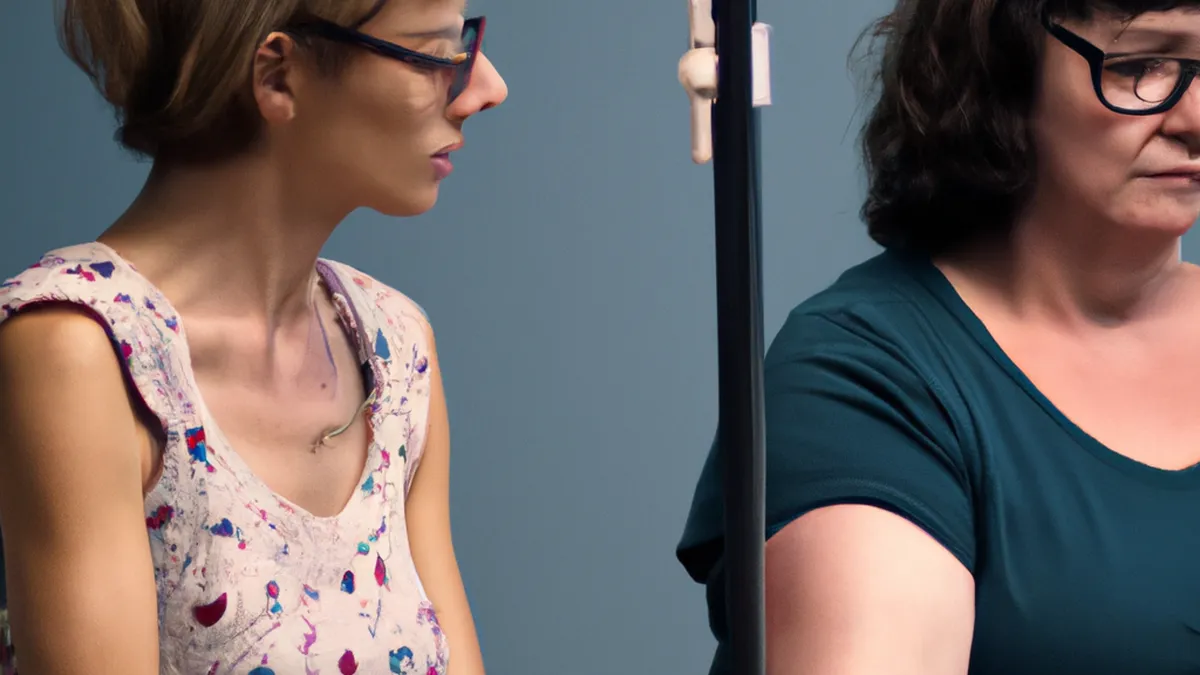Motivating Peers to Prevent Heat Cramps
The Importance of Peer Support in Preventing Heat Cramps
As temperatures rise in summer, heat-related illnesses increase. Heat cramps, a common issue, often go overlooked. These painful muscle contractions disrupt activities and can lead to severe health concerns like heat exhaustion or heat stroke. Peer support plays a crucial role in combating heat cramps. Friends, family, and teammates keep each other informed, hydrated, and safe. This blog post explores the significance of peer support in preventing heat cramps, offers practical prevention tips, and highlights community involvement’s benefits in health and safety.
Understanding Heat Cramps
Heat cramps occur when the body loses excessive water and salt through sweating. This condition often arises during intense physical activity in high temperatures. Muscles, typically in the legs or abdomen, seize painfully, causing discomfort and hindering movement. While heat cramps aren’t life-threatening, they signal that the body is overheating. If ignored, they can develop into severe conditions like heat exhaustion or heat stroke, posing serious health risks.
Recognizing the Symptoms
Recognizing heat cramps’ symptoms early is vital. Common indicators include:
– Sudden muscle spasms
– Pain or tightness in muscles
– Excessive sweating
– Intense thirst
If you or someone nearby experiences these symptoms, take immediate action. Peer support helps identify signs early and facilitates quick responses, reducing escalation risks.
Tips for Preventing Heat Cramps
Peer support enhances strategies for preventing heat cramps. Share these effective tips with friends, family, and teammates.
Stay Hydrated Together
Encourage each other to drink plenty of water throughout the day. Hydration regulates body temperature and maintains electrolyte balance. Set reminders for water breaks during physical activities to keep everyone on track. For example, if you’re on a sports team, designate specific intervals during practice for hydration. Drinking together fosters a culture of hydration that benefits everyone involved.
Monitor Activity Levels
Pay attention to each other’s activity levels, especially in hot weather. If someone appears overexerted or fatigued, remind them to take a break. Encourage them to rest in the shade or a cool area. Peer monitoring prevents heat cramps and fosters camaraderie as everyone looks out for one another’s well-being.
Share Knowledge
Educating your group about heat cramps’ risks proves beneficial. Discuss the importance of recognizing symptoms and taking action. Sharing knowledge raises awareness and prepares everyone better. Consider hosting a casual meeting or workshop to discuss these crucial points, and invite a healthcare professional to provide insights into heat-related illnesses.
Conclusion
Peer support significantly reduces the risk of heat cramps. By staying informed and hydrated together, you promote health and safety in your community.
Below are related products based on this post:
FAQ
What are heat cramps and how do they occur?
Heat cramps are painful muscle contractions that occur when the body loses excessive water and salt through sweating, especially during intense physical activity in high temperatures. They typically affect the legs or abdomen and signal that the body is overheating, potentially leading to more severe conditions like heat exhaustion or heat stroke if ignored.
How can peer support help prevent heat cramps?
Peer support is essential in preventing heat cramps as it encourages individuals to stay hydrated and monitor each other’s activity levels. Friends, family, and teammates can remind one another to take breaks, drink water, and recognize the early symptoms of heat cramps, fostering a culture of safety and well-being.
What are some effective tips for preventing heat cramps during hot weather?
To prevent heat cramps, it’s important to stay hydrated together by setting reminders for water breaks, monitor each other’s activity levels to ensure no one is overexerting themselves, and share knowledge about the risks and symptoms of heat cramps. Educating your group can raise awareness and prepare everyone to take action during high-temperature situations.














Post Comment